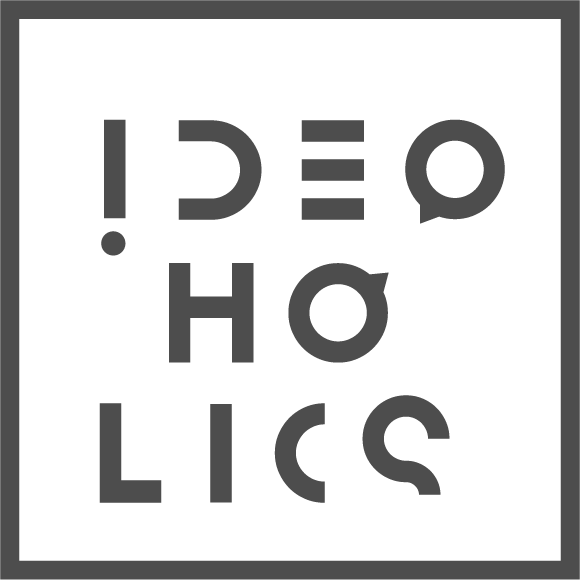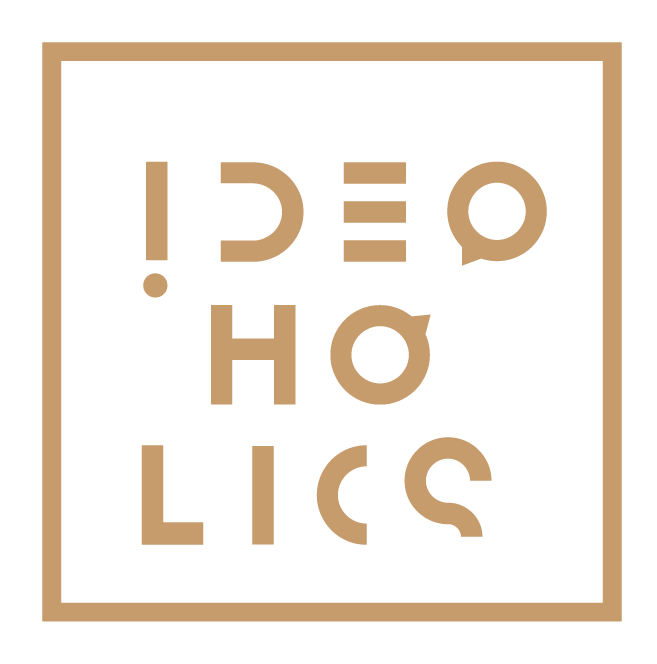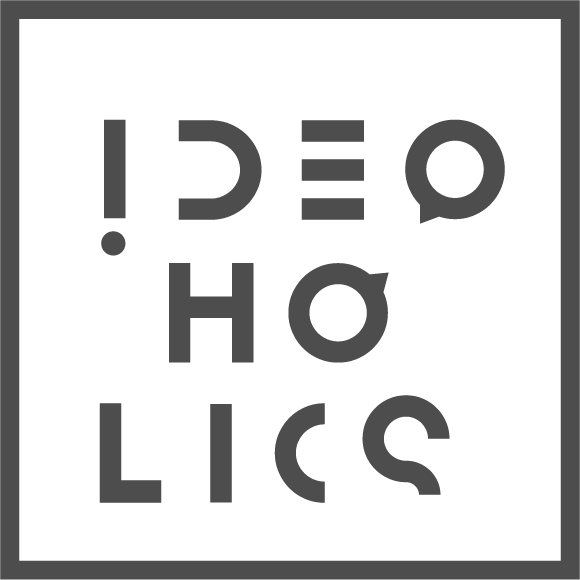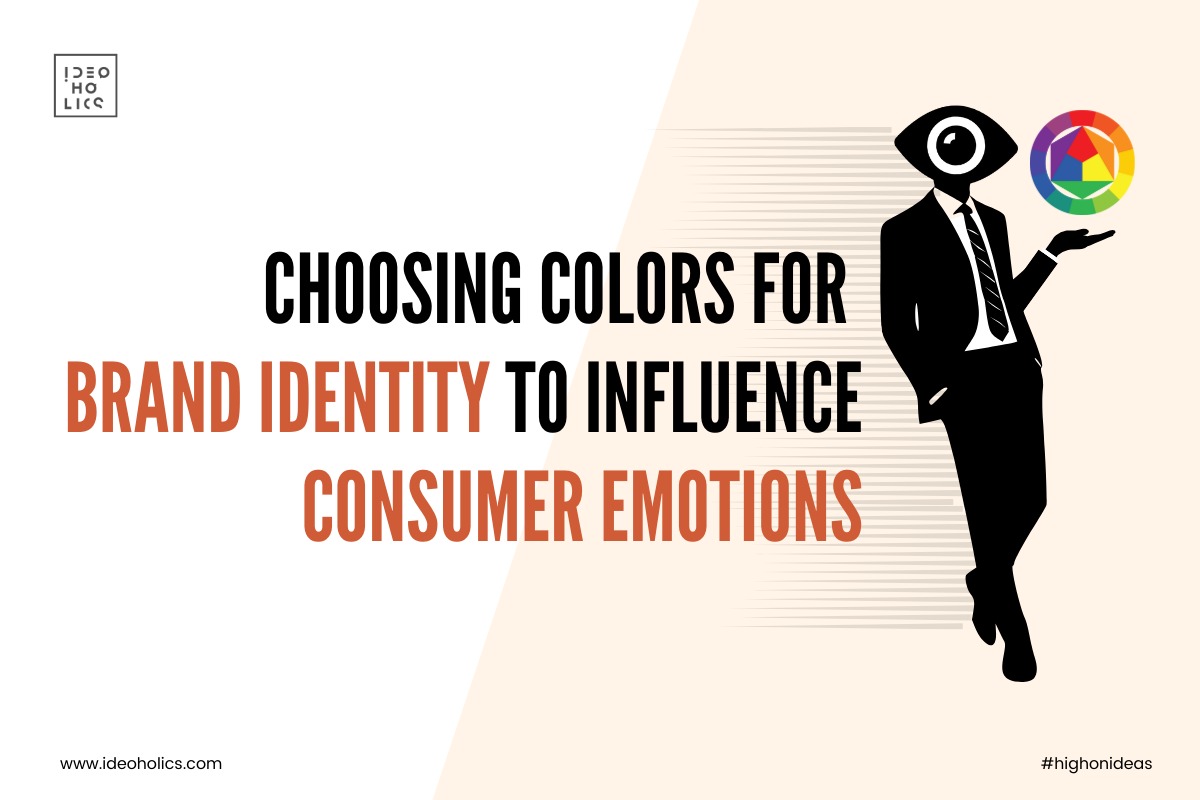
The Best Examples of Dynamic Brand Identity for Startups
In the fast-paced world of startups, creating a dynamic brand identity is crucial for standing out in a crowded market. A dynamic brand identity goes beyond a static logo and color scheme; it evolves and adapts, resonating with different audiences and contexts while maintaining a cohesive core message. This blog explores some of the best examples of dynamic brand identities for startups and explains how the brand prism framework plays a pivotal role in crafting these identities.

Understanding Dynamic Brand Identity
A dynamic brand identity is an adaptable and flexible approach to branding that allows a startup to maintain a consistent brand message while being versatile across various platforms and touch-points. This approach is particularly beneficial for startups as it helps them remain relevant and engaging in an ever-changing market landscape.
Key Elements of Dynamic Brand Identity
1. Versatile Logo Design: Logos that can be modified in color, size, or style while maintaining brand recognition.
2. Adaptive Color Schemes: A palette that offers flexibility without losing the core brand essence.
3. Variable Typography: Fonts that can adapt to different mediums yet stay true to the brand’s personality.
4. Engaging Imagery and Graphics: Visual elements that can evolve with the brand’s message and campaigns.
Best Examples of Dynamic Brand Identity for Startups
1. Airbnb
Airbnb’s brand identity is a prime example of dynamism and adaptability. The “Bélo” symbol, representing “belonging,” is versatile enough to be used in various contexts, from digital platforms to physical merchandise. The brand’s use of a flexible color palette and consistent typography ensures that their core message of belonging is communicated effectively across all touch-points.
2. Dropbox
Dropbox’s rebranding in 2017 introduced a more dynamic and colorful identity. The logo remains recognizable, but the vibrant and varied use of color in marketing materials allows the brand to stay fresh and engaging. This approach helps Dropbox appeal to a wide range of users, from corporate clients to creative professionals.
3. Slack
Slack’s logo and color scheme are designed to be flexible while maintaining a cohesive identity. The unique hashtag logo can be used in various colors and backgrounds, making it adaptable to different themes and campaigns. Slack’s brand identity reflects its core values of simplicity and collaboration, making it instantly recognizable in diverse contexts.
4. Spotify
Spotify’s dynamic brand identity includes a flexible logo that can change in color and background to fit different campaigns and moods. The consistent use of a core green color and clean typography ensures brand recognition, while the adaptability of the logo and visual elements allows Spotify to remain fresh and relevant to its audience.
The Brand Prism: Crafting a Cohesive Yet Dynamic Identity
To create a dynamic brand identity, startups can utilize the brand prism framework. Developed by Jean-Noël Kapferer, the brand prism helps in understanding and defining the key components of a brand’s identity. It consists of six facets:
1. Physique: The tangible aspects of the brand, such as the logo, color scheme, and typography.
2. Personality: The character and tone of the brand, reflected in communication style and imagery.
3. Culture: The values and principles that underpin the brand’s operations and interactions.
4. Relationship: The way the brand interacts with its customers and the type of relationship it fosters.
5. Reflection: The brand’s perceived customer identity – who the customers aspire to be when they use the brand.
6. Self-Image: The internal view of the brand held by its customers – how they feel about themselves because of the brand.
Applying the Brand Prism to Dynamic Identities
# Airbnb Example:
– Physique: The adaptable “Bélo” symbol and diverse color palette.
– Personality: Warm, welcoming, and inclusive.
– Culture: Emphasizes global belonging and community.
– Relationship: Builds trust and fosters a sense of belonging among users.
– Reflection: World travelers and culturally curious individuals.
– Self-Image: Users see themselves as part of a global community.
# Slack Example:
– Physique: The flexible hashtag logo and adaptable color scheme.
– Personality: Friendly, collaborative, and efficient.
– Culture: Focuses on improving workplace communication and productivity.
– Relationship: Acts as a reliable and user-friendly communication tool.
– Reflection: Modern, tech-savvy professionals.
– Self-Image: Users view themselves as efficient and collaborative team members.
Conclusion
A dynamic brand identity is essential for startups aiming to make a lasting impression in a competitive market. By embracing adaptability in their visual and communicative elements, startups can create a brand that remains engaging and relevant. Utilizing frameworks like the brand prism ensures that even as the brand evolves, it maintains a cohesive and compelling identity. The examples of Airbnb, Dropbox, Slack, and Spotify demonstrate how dynamic brand identities can drive success and resonate deeply with diverse audiences.
